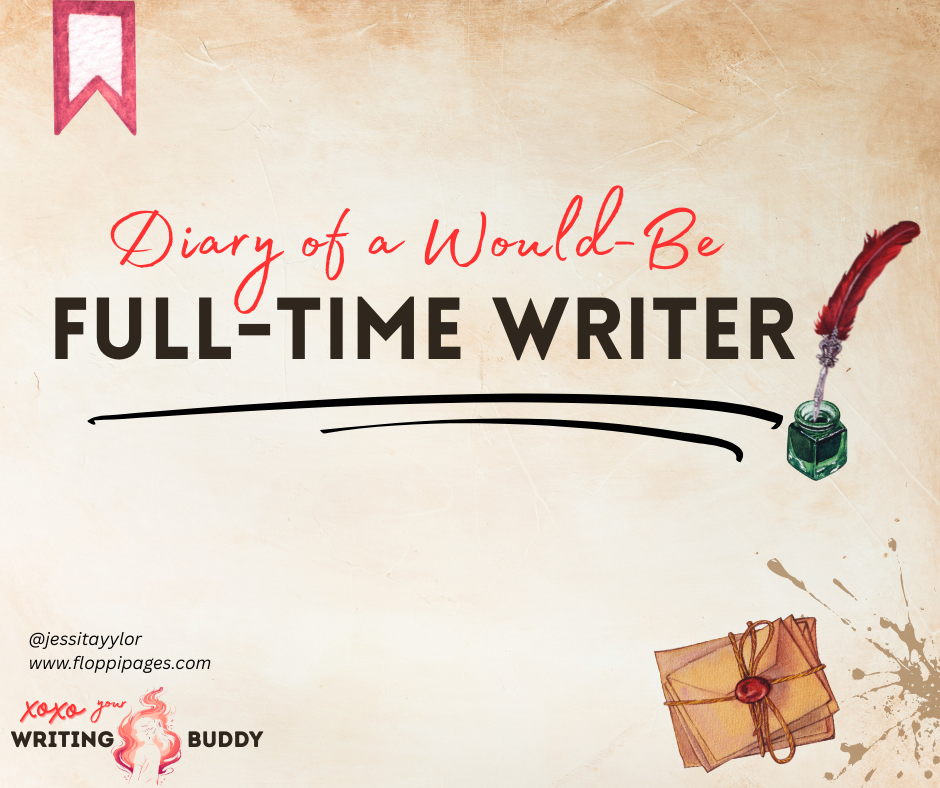The Writing Process of Courtney Summers
- Xiomarra

- Jan 9
- 4 min read
When it comes to writing, many people aspire to be like their favorite authors and begin with expectations that whatever they produce must always be of high quality. It is at this stage that many people quit or give up, before they even began. In the process of idolizing authors, people forget that they once had to start somewhere too. You’ll hear it time and time again in any interview with an author about how their mindset, environment, and support really makes or breaks anything they produce. One such author is Courtney Summers, a popular mystery writer and in an interview with Emily Lee and Cassie Stossel at Sit Down & Write describes her journey with writing The Project, one of her most popular books.
No matter how talented one might be, without the proper motivation and resolve, creating something of substance can be near impossible. When asked to give advice to new writers, Summers responds, “Don’t get too caught up or distracted by the idea of craft or what it means to be a writer. Writing is words on a page, and that’s that. And one word written is always one more than you had.” A common misconception when it comes to beginning a new project is that everything has to be laid out and planned first. While there are some who do this, it’s not a must, quality can come from anything. Even Summers herself stated that she began as a pantser (they don't plan out anything in their story, or plan very little) and over time became more of a plotter. Although she says that she still enjoys leaving a bit of room for surprises. The Project is one of Summers’ latest novels, her seventh to be
exact, and her writing style and process has changed quite a bit since then. For example, her first book, Cracked up to Be, the plot and conflict is mostly internal. The protagonist is also her own antagonist and it’s up to her to accept help, whereas The Project has a more external conflict. While the main character is going through personal growth, the world around her is still fighting back. Summers recognizes this in herself when she responds to the interviewer with, “My books have become steadily more ambitious and greater in scope since I began. My earlier books are much more internal and character-driven. I haven’t sacrificed the interiority in my newer works, but the worlds that surround them have gotten much bigger.”
To Summers, her writing process isn’t just the story in her head, but also the
environment around her, including the inspiration to many of her books. Most of Summers’ books are about young women who have been hurt one way or another and how the world has failed them. She told interviewers that many of her books were written in the outrage she felt in response to the constant violence against women. Her goals not to just make a story, but provoke her readers to make a change. Similarly, The Project was written with a focus on a fictional cult. She explains that she chose to write about this subject because she wanted to show readers just how easy and scary one can get wrapped up in a situation similar to her
characters. But where do these stories get told? Simply at a desk, facing a wall. Summers mentions that she prefers the simple, and perhaps bleak, set up because it prevents distractions. Although there is no window to glance out of at her desk, Summers often listens to music when creating her drafts. She explains that she enjoys listening to music that compliments the scenes she is working on at that moment.
Some may believe that once a story has been written then that all editing is just fixing grammatical errors. However, Summers shows us that even in the editing process, major changes occur. For one, she refrains from listening to music at this stage to accurately assess her tonality. To be sure that “the scene I wrote at the time actually reads sad, or it only felt like it because of the music (Lee, Q. 4).” In her book, The Project, Summers includes a dual perspective from two different timelines. This is one of the main appeals of the novel and allows readers to really connect with both characters. Yet when Summers was asked about it she says it was a late addition. An integral part of the entire book was added on after the fact amidst her editing. For Summers, at least, her process is never finished until it is time to publish, and even then since she is rereleasing The Project with bonus chapters.
For popular mystery writer, Courtney Summers, a book is never quite a finished
project. From finding inspiration in her surroundings, coming up with dynamic and
complicated characters, finding the motivation, sitting down to write, and constantly
rereading and editing. Creating a book can be a long and complicated process, but never tedious. When people write what they need, want, or feel, a process can form overtime, creating a rhythm.
Works Cited
Stossel, Cassie, and Emily Lee . “How Courtney Summers Sits down & Writes.” How
Courtney Summers Sits Down & Writes, Sit Down & Write, 8 Feb. 2021,
Summers, Courtney. “Q&A with Courtney Summers, Author of Sadie.” Criminal
Element, 3 Sept. 2018,





